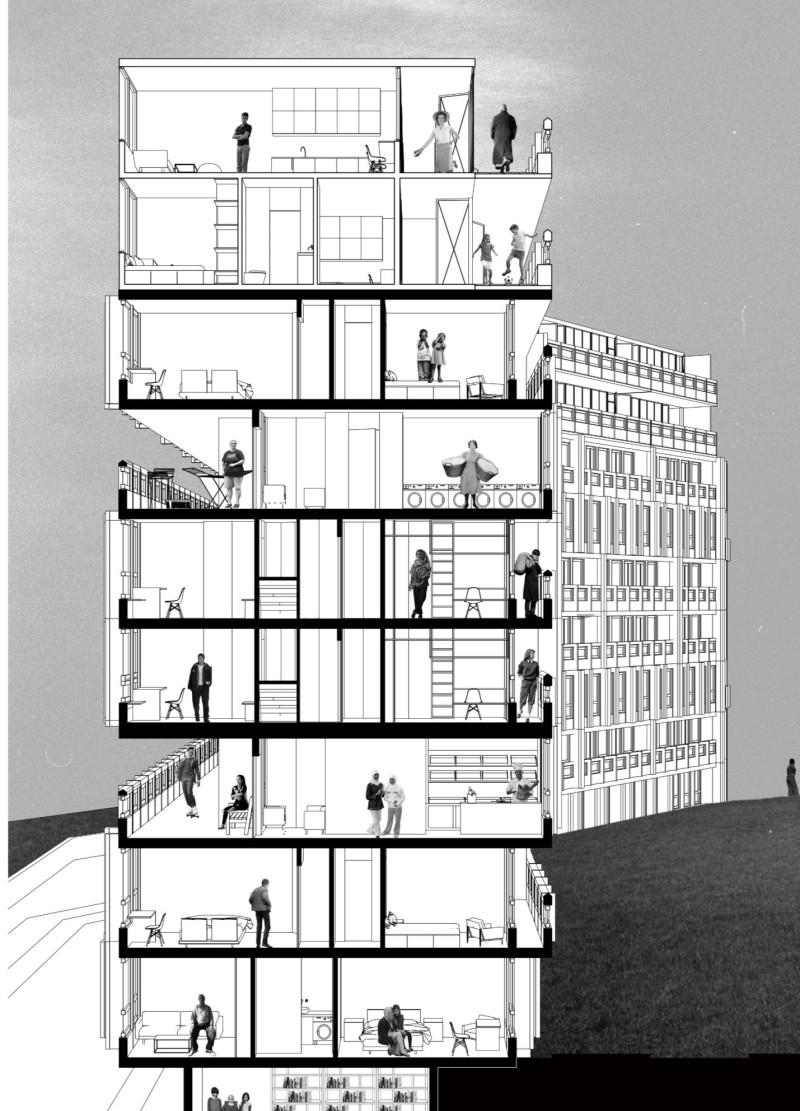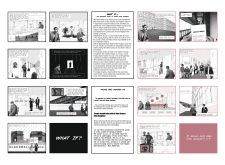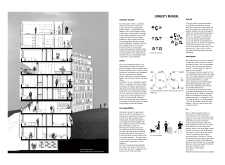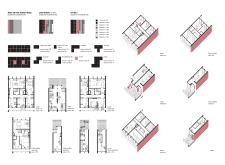5 key facts about this project
The Robin Hood Gardens Housing Cooperative is situated in Tower Hamlets, London, and represents a fresh approach to social housing. The design emphasizes community interaction and adaptability within residential spaces. It combines individual living units with shared areas, creating an environment where residents can easily connect with one another. The project restores existing structures while integrating modern solutions to address current housing needs effectively.
Community Engagement
The design focuses on shared spaces that encourage residents to interact with one another. Central features include communal gardens and multipurpose gathering areas. These spaces are purposefully placed to facilitate daily use, promoting a sense of belonging and community involvement among residents. By encouraging social activities, the design aims to strengthen relationships within the neighborhood.
Flexibility of Living Units
Living units have been designed to be flexible and accommodating for various household types. Each unit prioritizes natural light and efficient layout, ensuring that residents experience adequate ventilation and comfortable living conditions. The arrangement of the units incorporates privacy while still providing accessibility to communal amenities, making them suitable for different lifestyles.
Rooftop Extensions
One notable aspect of the design is the addition of lightweight rooftop extensions. These features provide extra living space without changing the core structure of the estate significantly. They cater specifically to smaller households, increasing the density of the development thoughtfully. This approach not only maximizes land use but also helps maintain the character of the original buildings.
Cooperative Governance Model
The Robin Hood Gardens Housing Cooperative operates on a cooperative governance model, which empowers residents. They elect representatives who facilitate monthly meetings to discuss local issues and potential solutions. This system fosters a sense of participation and responsibility, encouraging residents to invest in the upkeep of shared spaces and the overall community.
The design also includes green elements like communal gardens. These outdoor spaces enhance the natural environment and promote biodiversity, while providing residents with pleasant areas to relax and engage with their surroundings.






















































